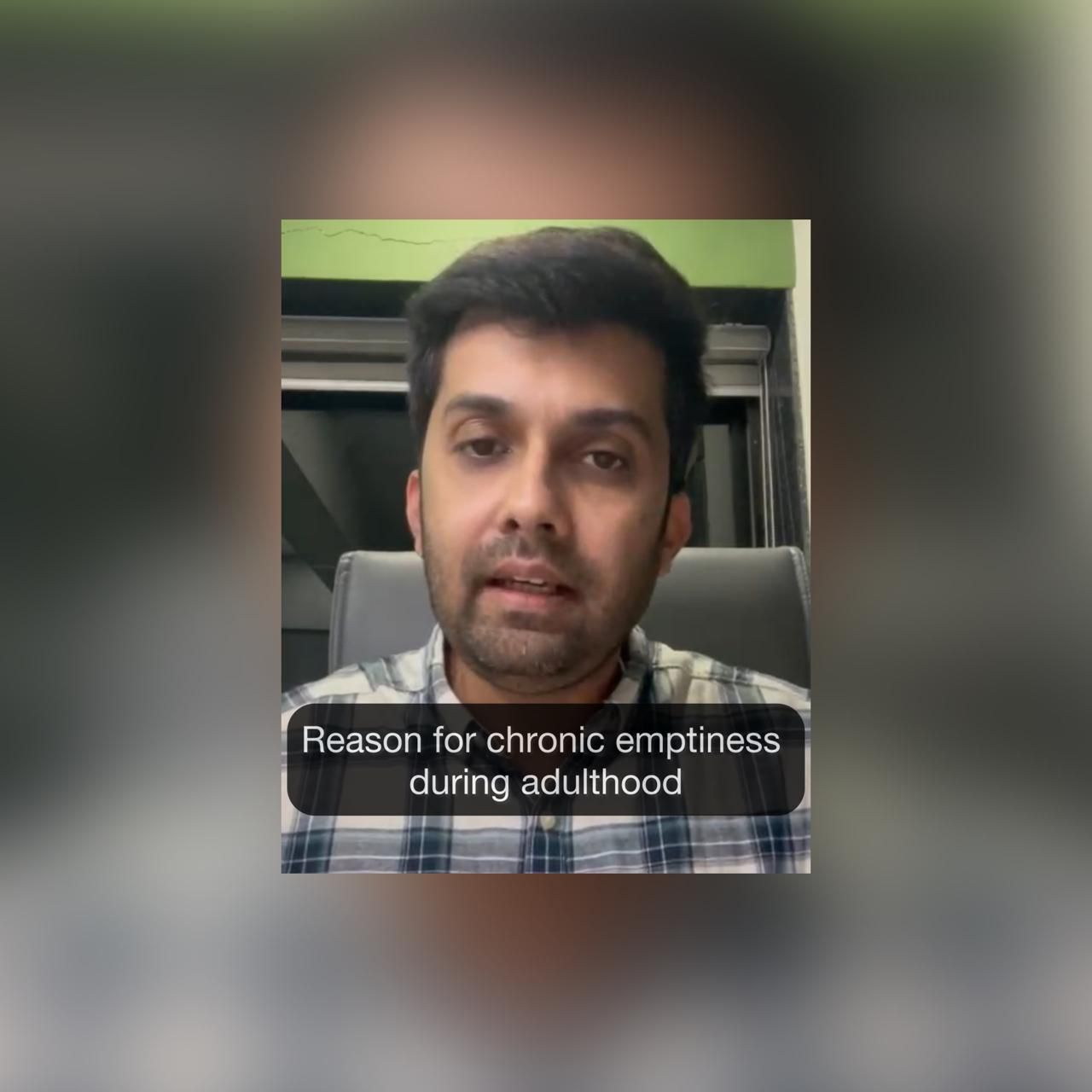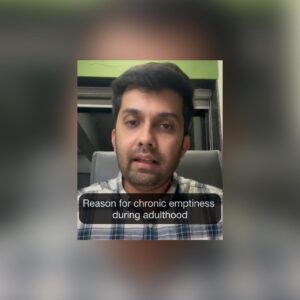The Psychology behind the feeling of ‘Chronic Emptiness’ in Adulthood

.

Childhood plays a fundamental role in shaping who we become as adults. Our minds, like an empty bowl, are meant to be filled with love, security, trust, and encouragement. These early experiences form the emotional foundation upon which we build our self-worth, resilience, and ability to handle life’s challenges. When this foundation is strong, we carry a sense of inner stability that helps us navigate adversity with confidence.
However, when childhood lacks these essential emotional nutrients—due to neglect, emotional deprivation, or trauma—the bowl remains partially filled or contaminated with negativity. This creates an internal void, a sense of incompleteness that often follows us into adulthood. Instead of feeling whole and secure, we may struggle with self-doubt, fear of abandonment, or a relentless pursuit of external validation to fill the emptiness within.
This can manifest in several ways:
•Overachieving & Perfectionism – Seeking success as a way to prove self-worth.
•Unhealthy Relationships – Clinging to people for validation, fearing rejection.
•Emotional Struggles – Anxiety, insecurity, or difficulty regulating emotions.
•Addictions & Distractions – Using work, social media, or substances to escape the void.
Unfortunately, no amount of external achievement or validation can truly compensate for what was missing in childhood. The only real path to healing is internal work—self-awareness, therapy, self-compassion, and learning to nurture ourselves in ways we never received. By acknowledging the emptiness and working to fill it with self-love, we can gradually rebuild our sense of completeness and break free from the cycle of seeking fulfillment outside ourselves


Comments (0)